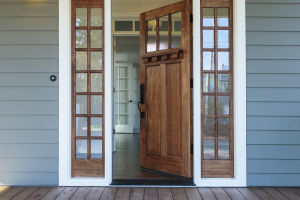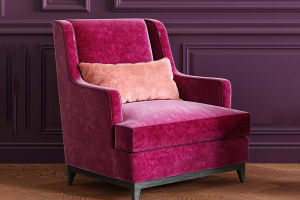From ancient architecture to modern design, marble has remained a popular choice in construction projects around the world.
One of the main reasons behind the popularity of marble is its aesthetic appeal.
The exquisite patterns and rich colors found in marble make it a visually stunning choice for flooring, countertops, walls, and decorative elements.
Each slab of marble is unique, with its own distinct veining and markings that reflect the beauty of nature.
The ability to bring a sense of elegance, luxury, and sophistication to any space is one of the primary reasons why designers and architects opt for marble in their projects.
In addition to its aesthetic qualities, marble is highly regarded for its durability and longevity.
Marble is a dense and hard stone that can withstand wear and tear, making it suitable for high-traffic areas. Unlike other materials, marble is resistant to scratching, staining, and heat, ensuring its longevity even in demanding environments.
This durability makes marble a sound investment for both residential and commercial buildings, as it can withstand the test of time and maintain its beauty for years to come.
Moreover, marble offers versatility in its applications. From grand staircases, intricate sculptures, and majestic columns to sleek kitchen countertops and bathroom vanities, marble can be used in various architectural and design elements.
Its adaptability allows for creative expression and enables designers to create unique and personalized spaces.
With different finishes and textures available, such as polished, honed, or brushed, the possibilities with marble are virtually endless.
Marble is also perceived as a symbol of luxury and prestige. The association between marble and opulence can be traced back to ancient civilizations, where it was used to construct grand palaces, temples, and statues.
This historical significance has persisted over time, and marble continues to be perceived as a material of choice for those seeking a touch of elegance and sophistication in their spaces.
The presence of marble in a building instantly elevates its aesthetic appeal and adds value.
Furthermore, marble possesses inherent qualities that contribute to a healthier and more sustainable environment. Marble is a natural stone, sourced from quarries around the world, and it is non-toxic and hypoallergenic.
Unlike synthetic materials, marble does not emit harmful VOCs (volatile organic compounds), making it a preferred choice for those concerned about indoor air quality.
Additionally, marble is a renewable and recyclable material, further supporting its sustainable credentials.
Marble's enduring popularity in the construction industry can be attributed to its aesthetic appeal, durability, versatility, prestige, and sustainable qualities.
Furthermore, its sustainable qualities make it an environmentally conscious option.
Overall, marble's popularity in construction is a testament to its timeless beauty and practicality, ensuring that it will remain a sought-after material in the years to come.


